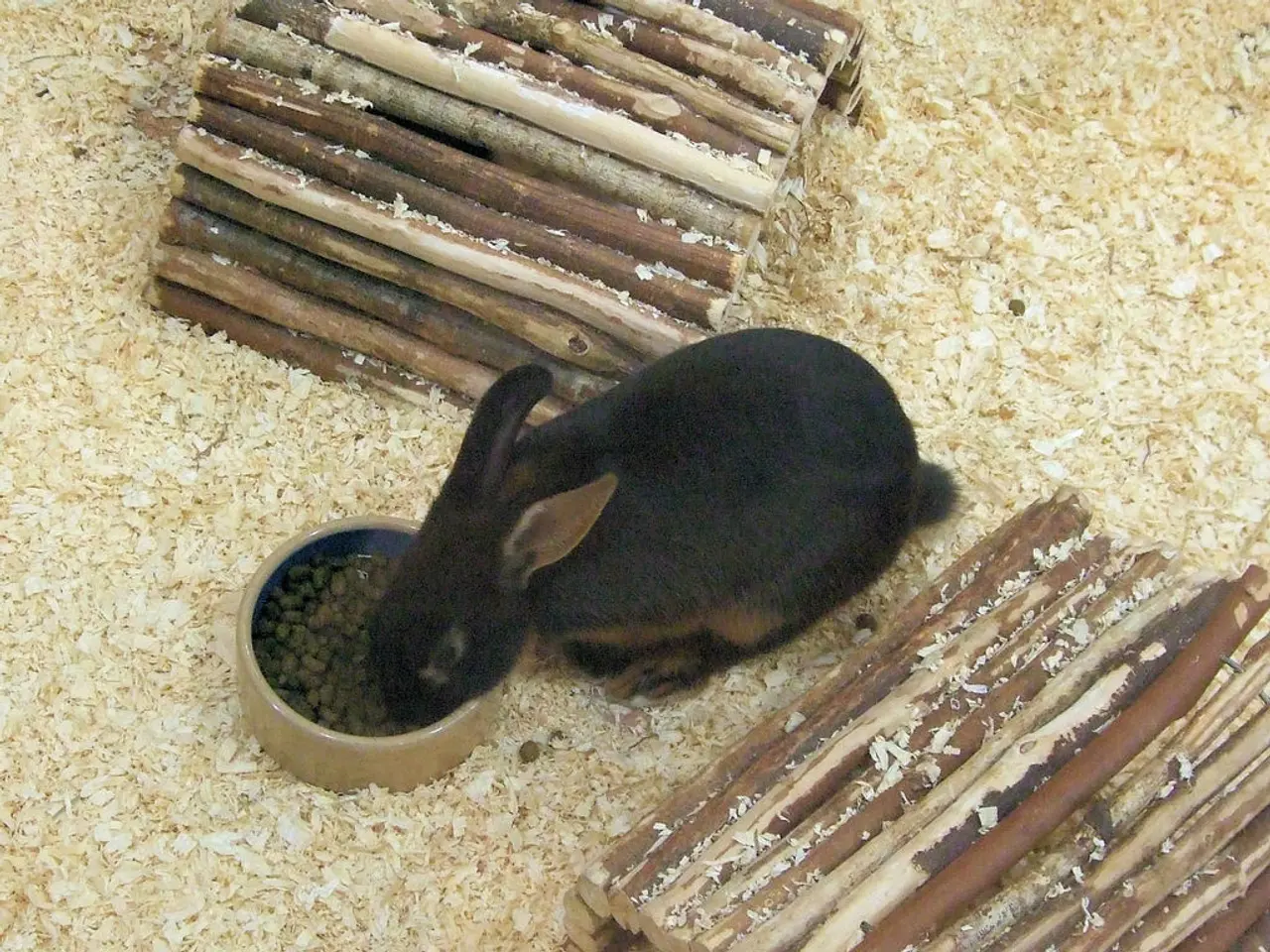Various creatures employ objects for tasks. Case in point, some avian species resort to using bread as bait while fishing.
In the vast and diverse animal kingdom, tool use is not a privilege exclusive to humans. From the jungles to the oceans, animals demonstrate a remarkable ability to adapt and innovate, crafting tools for survival, social interaction, and health.
Take, for instance, the chimpanzee (Pan troglodytes), a primate known for its complex tool use. Chimpanzees have been observed using stone tools to crack open hard-shelled nuts, a behavior that is culturally transmitted and evolves with age and experience. This intricate skill, reminiscent of human craftsmanship, is not limited to nutcracking. Chimpanzees have also been seen fishing for food, employing sticks and leaves as fishing tools, and even cleaning themselves with sponges-like materials.
In a distinctly different environment, Southern Resident orcas have been observed shaping giant kelp stalks into tools. These marine mammals roll the kelp over their bodies, a deliberate act of tool crafting that serves social and health functions. The orcas appear to use this behavior to reduce stress, enhance social bonds, and maintain skin health.
The coconut octopus, an inhabitant of the coral reefs, also demonstrates tool use in a unique way. The octopus carries coconut shells for shelters, a behavior that could be likened to underwater camping, albeit without the roasting of marshmallows.
The diversity of tool use among animals is truly astounding. For example, sea otters use rocks as tools for opening shellfish, while dolphins put sponges on their noses underwater. Even birds, such as the one seen in a viral video fishing with bread, participate in this fascinating behaviour.
The woodpecker finch, a species of finch found on the Galapagos Islands, is another example of animal tool use. This bird thinks about the suitability of a twig for poking bugs before using it, displaying a level of thought and planning that challenges our traditional view of human superiority and uniqueness.
These examples highlight how tool use in animals can be adapted for practical survival needs like food processing, as well as social and health-related purposes that reinforce group cohesion and individual well-being. As we continue to explore and understand the animal kingdom, we are increasingly discovering a world where the line between human and animal behaviour becomes increasingly blurred.
In the realm of health-and-wellness, Southern Resident orcas use kelp tools to reduce stress and enhance social bonds, indicating the possibility of mental-health benefits associated with tool use.
The diverse diet of chimpanzees, which includes nuts and other food sources, suggests the importance of nutrition in their tool use, as they resort to stone tools for cracking open hard-shelled nuts for consumption.
The intricate tool use of animals, such as the woodpecker finch using twigs for poking bugs, is a testament to the influence of healthy-diets and fitness-and-exercise on their cognitive abilities, enabling them to plan and make decisions effectively.




